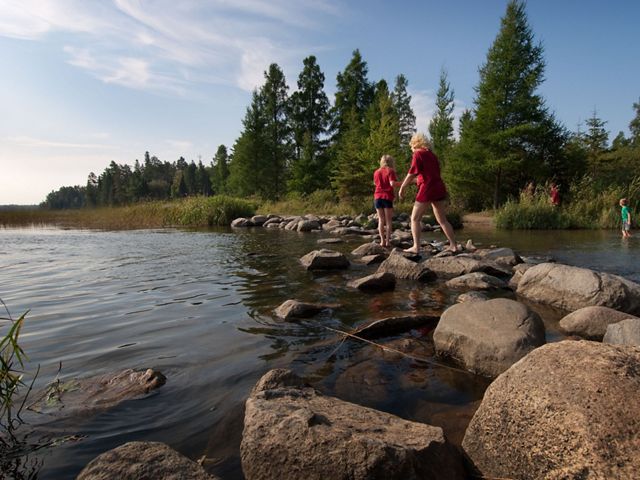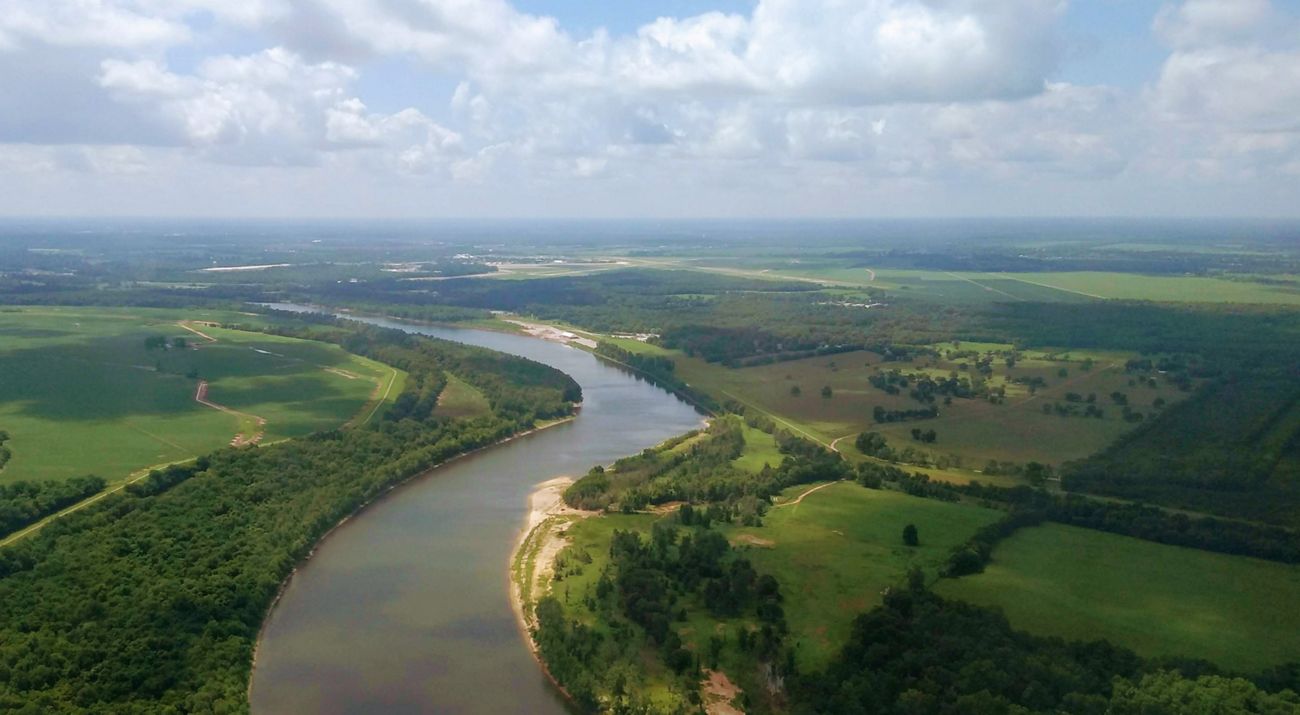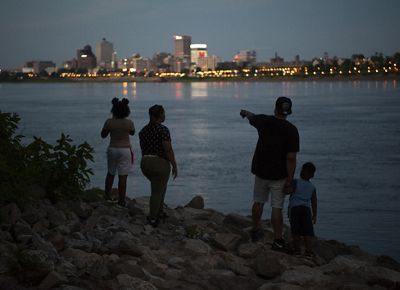Restoring a Healthy, Resilient Mississippi River
Encompassing 1,245 million square miles across 31 U.S. states and two Canadian provinces, the Mississippi River and its tributaries nourish crops, transport goods, provide recreational opportunities and sustain robust fisheries. The river system brings food, fresh water, jobs and economic security to millions of people.
Today, the Mississippi River faces unprecedented challenges. Increasingly intense flooding, nutrient runoff that creates a dead zone in the Gulf, invasive species and changing flows strain the river’s infrastructure and threaten homes, communities and livelihoods.
The Mississippi River by the Numbers
-
7k
7,000 rivers and streams in the Mississippi River Basin
-
1.3M
The Mississippi River supports 1.3 million jobs
-
325
325 bird species migrate via the Mississippi flyway
-
25%
25% of fish species in North America live in the Mississippi
-
20M
20 million people rely on the river for safe drinking water
What We Can Achieve Together
The Nature Conservancy has set ambitious goals to transform how we conduct and influence conservation across the whole basin to put the system on a path toward resilience. We develop projects, partnerships and policies that protect essential lands, habitats, and waters, while deepening our understanding of the connections between people and place.
Our achievable goal is to restore and protect the Mississippi River Basin’s natural systems so that it can sustain present and future generations.

Our Priorities
At TNC, we prioritize strategies, projects and programs that achieve multiple outcomes and benefits to increase connectivity, support healthy habitats for wildlife and improve water quality. We equip partners and staff with research and science-based tools to inform planning and outcome measurement. We convene farmers, communities, government agencies and businesses and employ nature-based solutions to improve resilience to flooding and reduce flood risk.

Our Priorities
Resilient Flow
Resilient Flow
Floodplains—the marginal lands between farms, residences and cities and the river—absorb the increased flow of the river, help to filter harmful nutrients from the water and provide natural habitats for wildlife. Healthy floodplains are vital to a healthy river system. This is why TNC prioritizes restoring and protecting these marginal lands throughout the Mississippi River Basin.
We aim to protect and restore two million floodplain acres by 2030.
Together with partners, communities and leaders, TNC’s Mississippi River Basin program creates and participates in system-wide initiatives to reconnect floodplains at scale.
We employ science-based methods and tools to identify changes that will have the broadest impact on flood mitigation, water quality and habitat restoration.

Our Priorities
Healthy Water
Reducing Harmful Nutrients to Restore Healthy Water
Millions of people and wildlife species depend on the Mississippi River for fresh water. Nutrient runoff from farm fields and water pollution of all kinds have created a dead zone in the Gulf, which threatens drinking water, biodiversity and recreation throughout the basin.
Practices on land and water throughout the basin profoundly affect water quality and jeopardize health of both the river and those who depend on it.
Our goal is to reduce nitrate in the Mississippi River by 30% by 2030.
TNC partners with communities, businesses, landowners and policy makers to implement practices that can improve water quality using science-based solutions in places contributing the highest levels of nutrients.
We use two different methods—in-stream monitors and satellite images—to collect data and assess water quality. Together, we have proven the technical feasibility of a low-cost, satellite-based nutrient monitoring system in the Mississippi River Basin that turns satellite imagery into “virtual” water quality gauges.

Our Priorities
Thriving Habitats
Restoring and Protecting Wildlife Habitats
Reconnecting floodplains that have been cut off from the river and restoring wetlands protects natural structures that are critical for wildlife. Navigational structures and natural changes to the river can have the unintended effect of disconnecting floodplains and wetlands from the river. The resulting landscape changes can have detrimental effects on wildlife habitats. For example, some fish need the shallow water of oxbows to spawn, and migrating birds rely on islands in the river to rest.
TNC is working to reconnect floodplains and restore habitats throughout the basin. We developed a map-based modeling tool to assess locations that would benefit from restoration and scale our work basin-wide. We work with the Army Corps of Engineers, the Natural Resources Conservation Service and the U.S. Fish and Wildlife Service as well as local governments and landowners to introduce nature-based solutions to protect and restore floodplains and wetlands now and for the future.

How We Work
The Mississippi River Basin program's multi-disciplinary shared leadership team leads, inspires, equips and influences TNC and its partners to scale strategies necessary to restore a healthy Mississippi River Basin. Together, the team lead and partner on initiatives to achieve TNC’s goals and effectively share a compelling story that inspires collaboration, partnerships and funding.
Our plans center on large-scale solutions that address the systemic root causes of the challenges we face. They represent bolder thinking, unexpected partnerships, increased investments, and an urgent pace—because that’s what this moment demands. Together, we find a way.
Meet the Team
-
Sponsor
Midwest Division Director
Michael Reuter
-
Sponsor
Southern Division Director
Temperince Morgan
-
Sponsor
Great Plains Division Director
Ben Postlethwait
-
Business Process Manager
Mississippi River Basin
Nick Ohde
-
Science Lead
Louisiana
Bryan Piazza
-
Government Relations Lead
North America Agriculture/Mississippi River Basin
Liz Crow
-
Freshwater Co-Lead
Kentucky
Shelly Morris
-
Freshwater Co-Lead
Midwest Division
Bryan Hopkins
-
Marketing and Communications Lead
Mississippi River Basin
Shelley Taylor
-
Policy Lead
North America Policy and Government Relations
Hannah Amsterdam
-
Program Coordinator
Mississippi River Basin
Emma Engelman
-
Finance Lead
Illinois
Lucas Vereline
We Can’t Save Nature Without You
Sign up to receive regular updates from The Nature Conservancy.


